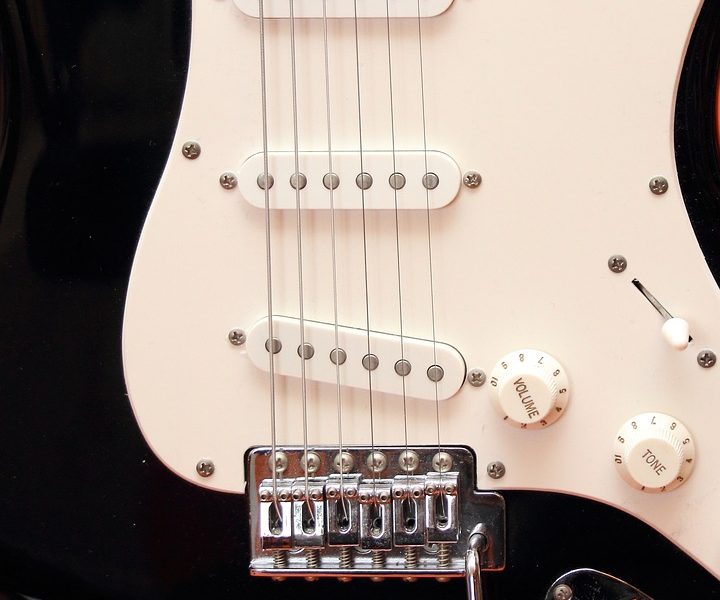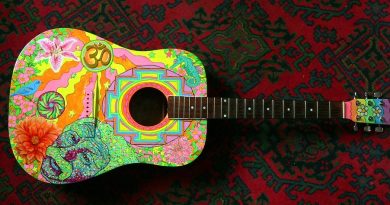Master the Basics: A Beginner’s Guide to Using a Looper Pedal for Guitar
Master the Basics: A Beginner’s Guide to Using a Looper Pedal for Guitar
As a guitarist, one of the most exciting tools you can add to your arsenal is a looper pedal. A looper pedal allows you to record and playback loops of music, creating layers of sound that can enhance your playing and performance. This beginner’s guide will walk you through the basics of using a looper pedal for guitar, including tips and tricks to help you master this essential tool.
Understanding the Basics of Looping
Before diving into using a looper pedal, it’s important to understand the basics of looping. Looping is the process of recording a short segment of music and playing it back in a continuous loop. This allows you to create layers of sound by recording multiple loops on top of each other.
A looper pedal is a device that enables you to easily record and playback loops of music. Most looper pedals have a footswitch that you can press to start and stop recording, as well as to playback the recorded loop. Some models also come with additional features such as the ability to overdub new layers onto existing loops, adjust the tempo of the loop, and add effects to the sound.
Choosing the Right Looper Pedal
When selecting a looper pedal, it’s important to consider your specific needs and preferences as a guitarist. Some factors to consider include the number of loops you want to be able to record and playback simultaneously, the length of recording time, and any additional features you may want such as built-in effects or connectivity options.
Popular looper pedals for guitarists include the Boss RC-3, TC Electronic Ditto Looper, and Electro-Harmonix 720 Stereo Looper, among many others. Take the time to research and compare different models to find the one that best suits your needs and budget.
Getting Started with Your Looper Pedal
Once you have selected a looper pedal, it’s time to start using it! Follow these steps to begin incorporating your looper pedal into your guitar playing:
1. Connect your guitar to the input of the looper pedal and connect the output of the pedal to your amplifier or audio interface.
2. Power on the looper pedal and select an empty loop slot to record your first loop.
3. Press the footswitch to start recording your loop. Play a short segment of music on your guitar and press the footswitch again to stop recording.
4. Press the footswitch to playback your recorded loop. You can continue to play over the loop or overdub new layers onto it by recording additional loops on top.
Tips and Tricks for Using a Looper Pedal
To make the most of your looper pedal, here are some tips and tricks to help you master this versatile tool:
1. Practice timing and rhythm: Looping requires precision in timing and rhythm to ensure that your loops line up seamlessly. Practice recording loops and playing along with them to improve your timing skills.
2. Experiment with different layering techniques: Try recording loops of different lengths and adding new layers on top to create interesting textures and harmonies in your music.
3. Use effects wisely: Many looper pedals come with built-in effects such as delay, reverb, and distortion. Experiment with these effects to add depth and dimension to your loops, but be mindful not to overpower the sound.
4. Incorporate your looper pedal into your practice routine: Use your looper pedal to practice scales, arpeggios, and chord progressions by recording loops to play along with. This can help improve your improvisation skills and creativity as a guitarist.
5. Record and save your loops: Some looper pedals allow you to save and store your recorded loops for future use. Take advantage of this feature to build a library of loops that you can incorporate into your performances or recordings.
Conclusion
Mastering the basics of using a looper pedal for guitar can open up a world of creative possibilities for your playing. With practice and experimentation, you can harness the power of looping to enhance your music and take your guitar playing to the next level. Remember to start with the fundamentals, choose the right looper pedal for your needs, and have fun exploring the endless musical potential of looping.






